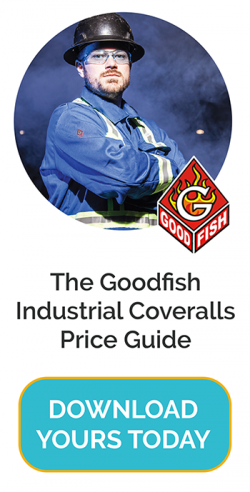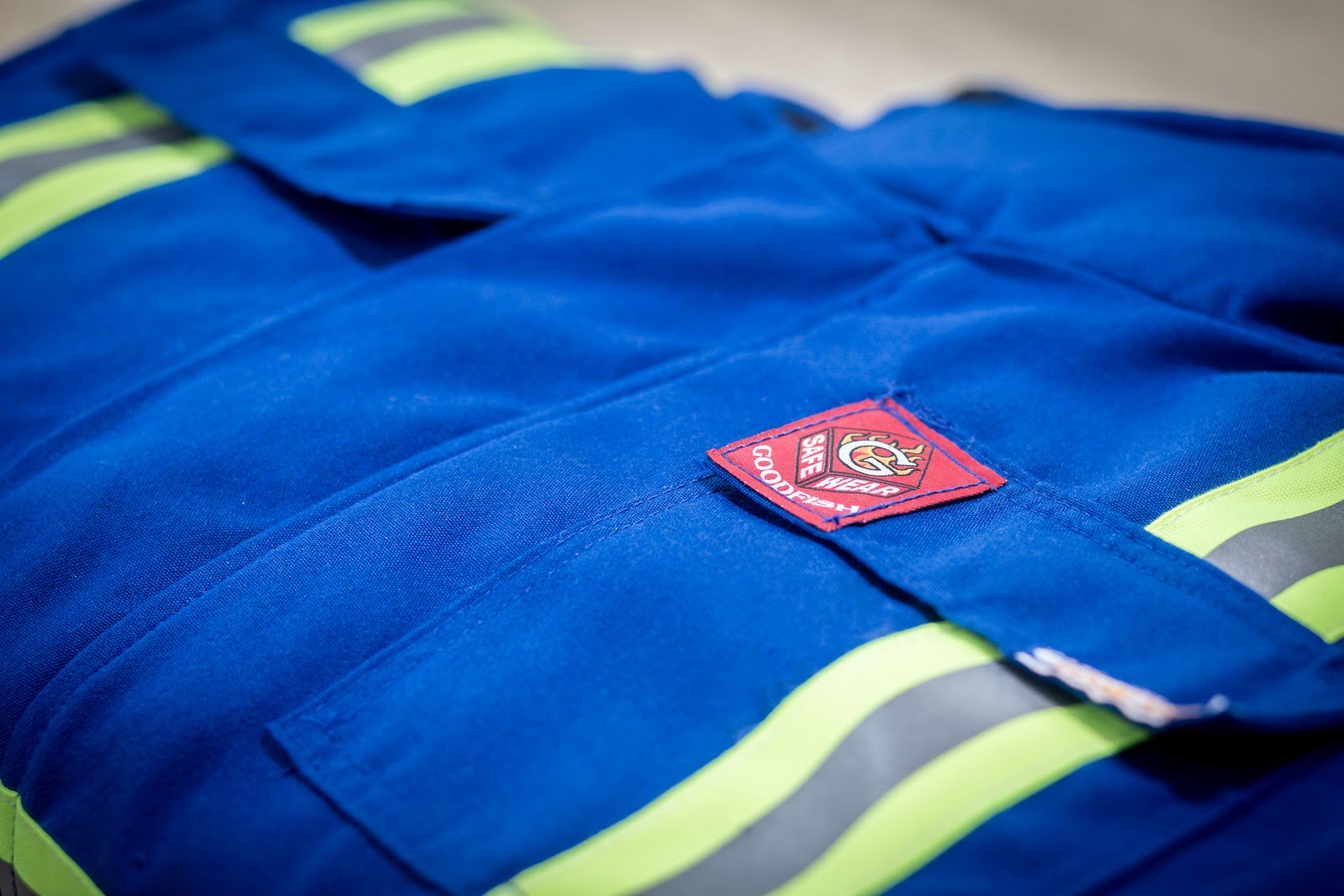
Save time and money by consolidating your Coveralls, Accessories, Laundry, and Drycleaning
You’re a purchaser or supervisor at an Alberta industrial company, looking for a stress-free workwear solution for a large workforce, and you’ve somehow landed on us, Goodfish Lake Business Corporation.
The global demand for oil is expected to touch 100 million bpd soon. In keeping with this, oil production in Alberta, Canada’s energy province, has increased 16.5% in May 2018 from a year ago, indicating a rebound after the crash of 2014. According to the Canadian Association of Petroleum Producers, the Canadian oil supply is expected to grow by 1.4 million bpd and reach 5.6 million bpd by 2035.
Besides oil, an abundance of natural gas, coal, and minerals makes the province a great opportunity for companies that pursue extraction and processing of these energy resources. With large numbers of employees involved in the industry, it becomes essential that the companies ensure the safety of workers to the best possible extent. As part of this, regulatory bodies like the Canadian Association of Petroleum Producers (CAPP) and Canadian General Standards Board (CGSB) mandate the use of protective clothing adhering to specific standards for workers in such hazardous conditions.
Why Use Protective Clothing?
Flash fires are a major hazard in this industry due to accidental release and ignition of flammable materials that may be in gaseous or liquid forms. A three second flash fire can generate temperatures ranging from 538° Celsius to 1038° Celsius which can result in severe burns to workers if they are not wearing appropriate flame-resistant clothing. This is because the worker will be doubly exposed to heat—the heat from the fireball as well as the heat of the burning fabric. The heat generated by the burning fabric will be determined by the composition of the material including factors such as whether it is treated or not, the weight of the fabric, the weave, and the cleanliness of the garment. This is why maintenance of protective clothing assumes immense significance.
Maintenance of Protective Clothing
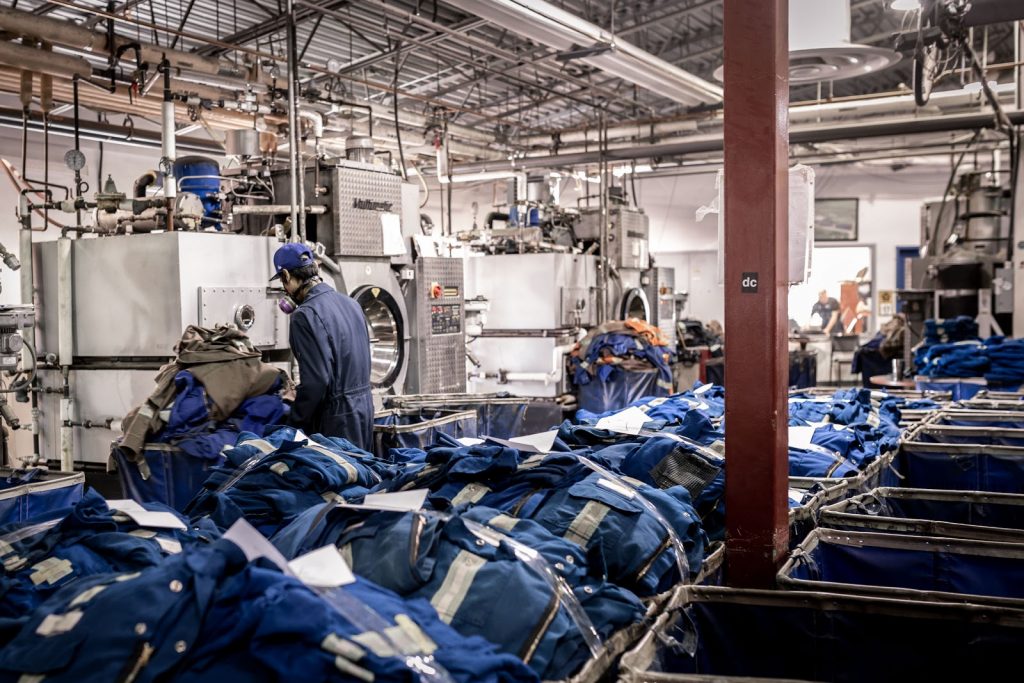
A garment that is soiled will have hydrocarbons present and this can seriously compromise the effectiveness of the protective garment. Protective clothing needs to be maintained in a way that eliminates hydrocarbons without reducing the flame-resistant properties of the fabric in any way. Large scale commercial laundry programs can do this by using the latest technology available. Flame-resistant (FR) clothing should not be washed with other types of fabrics and chlorine bleach can also prove detrimental to its proper functioning. Specialized dry cleaning for industrial work wear like what Goodfish specializes in is the best option when it comes to maintenance of protective clothing used in the oil and gas industry.
Andrew Wirts, sales and marketing director with NASCO, a rainwear manufacturer based in Washington, Indiana, concurs with this. “When a garment gets contaminated with hydrocarbons that are flammable, it’s very counterproductive to the FR characteristics. So it’s important to maintain FR garments properly, in a way that removes hydrocarbons without diminishing the fabric’s FR effectiveness. “
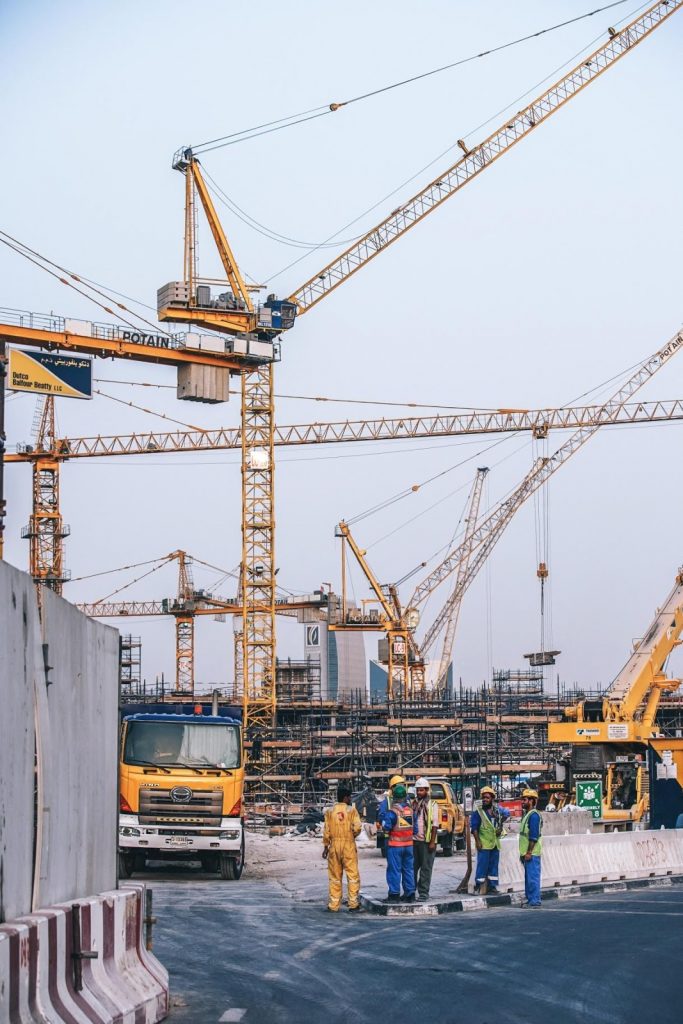
Source: Photo by Fancycrave on Unsplash
Goodfish Dry Cleaning Effectiveness for Removing Hydrocarbons
We understand the unique hazards that your employees face in their field of work. The state-of-the-art industrial dry cleaning technology used by Goodfish is effective in extracting about 99.9% of hydrocarbons from every garment. All the hydrocarbons extracted in this manner, which comes to around 100 barrels annually, are retrieved by a specialized company for processing, ensuring that we are doing our bit for the environment. Every customer’s garments are cleaned separately and not combined with garments of others to provide you with the best maintenance of protective clothing.
Research Proves Effectiveness
In collaboration with the Alberta Research Council and the University of Alberta, we have conducted research to show the numerous safety and environmental benefits of our dry cleaning method at completely removing hydrocarbons from FR Fabrics. The study proved that drycleaning is the best method for protecting employees against oil based soils.
The coveralls used in the study were visually evaluated for cleanliness and tested for residues before and after cleaning. The study included fabric materials FR cotton and Aramid. The primary aspects this study focused on are:
- Safety — The superior dry cleaning method that we use effectively removes all hydrocarbons from the coveralls without any adverse impact on the fabric. Instead, it extends the longevity of the material without compromising on the flame resistance of the material or its thermal protective properties. The thermal protective properties of the materials used in the study remained relatively unchanged even after repeated use and dry cleaning cycles (more than 25). The change noticed after one dry cleaning was less than one percent for all dimensions and fabric types.
- Eco-friendliness — Since our dry cleaning process uses a waterless system the environmental impact is minimal even when cleaning oily workwear. Despite the lack of water, all the oily contamination was effectively removed from the sample coveralls.
Burn injuries can result in devastating consequences in the oil and gas industry. However, you can do your best to minimize the risk of such accidents by adopting safe work practices as well as providing your employees with an effective FR clothing program. Safety, durability, comfort, and cost will all feature in your decision-making process when it comes to protective work clothing.
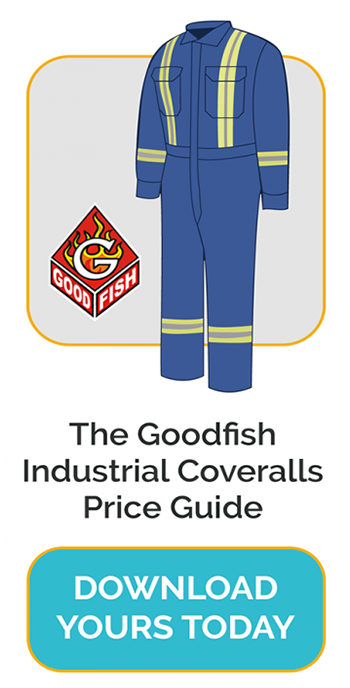
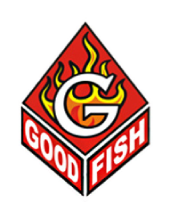


 Your privacy is important to us, and we are committed to protecting your personal information.
Your privacy is important to us, and we are committed to protecting your personal information.